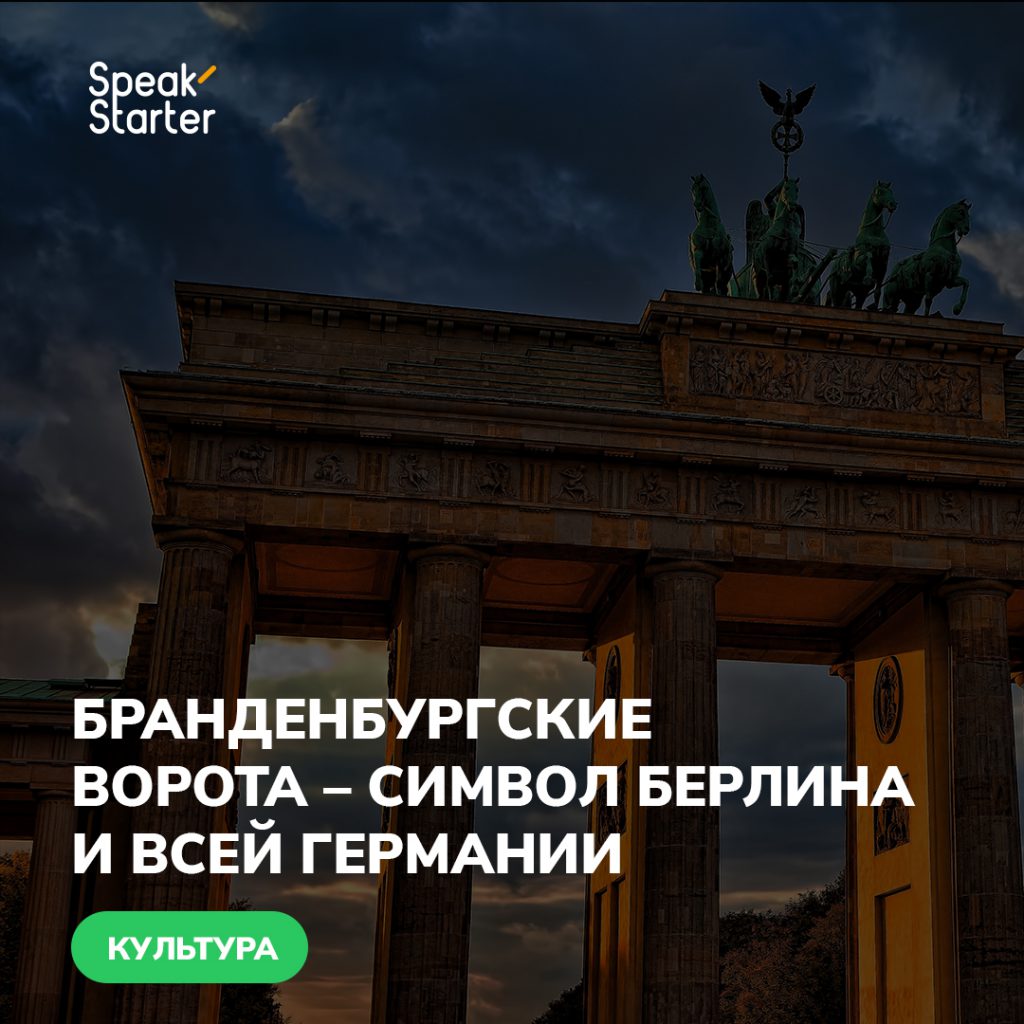Even if you were not in Berlin, you probably know that the symbol of Berlin and even Germany is the Brandenburg Gate (Brandenburger Tor). We decided to figure out what this is all about.
Why was this gate built? Who! From where and where did they lead?
First of all, let’s agree that the gate is not in Brandenburg. Brandenburg is the federal state, and the gate is in Berlin. Berlin is an independent federal state, located in the center of the federal state of Brandenburg, but is not part of it.
So why are they not the Berlin Gate? Originally, they were designed as one of 18 gates. Specifically, the road from Berlin to Brandenburg (city, not land) passed through these. Yes, there is also the city of Brandenburg in an hour from Berlin.
The gates were built in 1789-1791. This is the first building in Berlin in the style of classicism. They were inspired by the gates of the Propylaea – the main entrance to the Acropolis in Athens.
The width of the gate is 65 meters, the central section is slightly wider than the others as it was intended for members of the imperial family with their wide carriages. The rest of the drive through it was forbidden.
In 1793, a quadriga statue was added to the top of the gate. The quadriga is a chariot with the goddess of victory – Victoria, harnessed with four horses. When Napoleon conquered Prussia and entered Berlin, he ordered the statue removed and transported to the Louvre. Either she liked him so much, or he decided that he did not rely on the symbol of victory to stand with the losers in the war. The locals are very offended by such a gesture. In 1814, after the victory over Napoleon, the statue was returned to the old place and awarded with an iron cross.
Just then the German Union was created and the formation of modern Germany as a nation took place. Since that time, the triumphantly returned quadrigu began to be considered the main symbol of the new state.
After World War II, the Soviet flag fluttered on a quadriga for 12 years. This choice of place for the banner is very symbolic. Then the flag was replaced by the flag of the GDR. Whose flag hung on the gate, he was here in charge.
The Berlin Wall passed right by the gate. It was to the gates that people began to converge after the news of the reunification of Germany in 1989. Since then, the gate, plus everything, has become a symbol of the unity of Germany.
So the remarkable thing about this building is not primarily in its architectural or aesthetic value, but in the fact that since the construction of this gate they have more than once become a symbol of Germany as a country and a nation.

